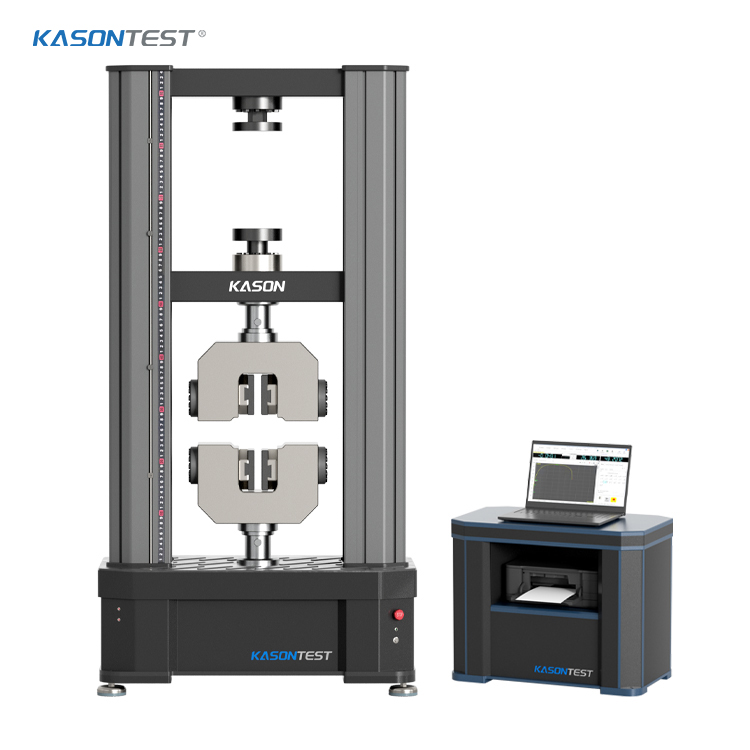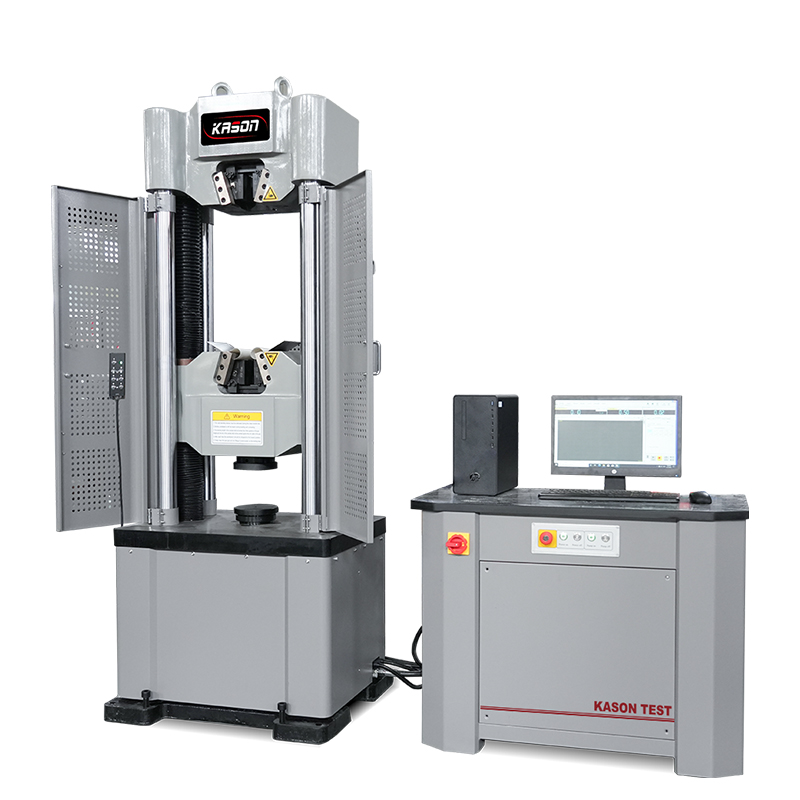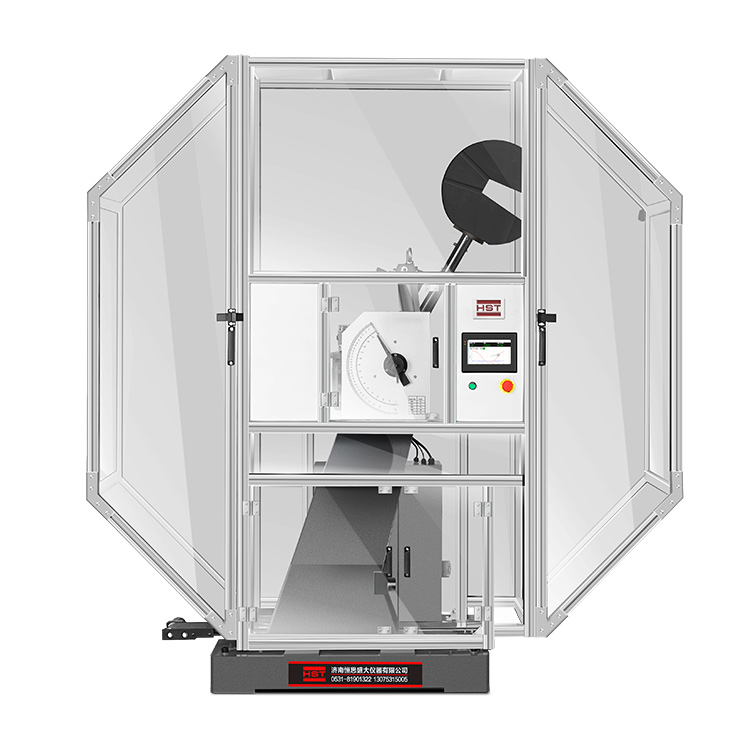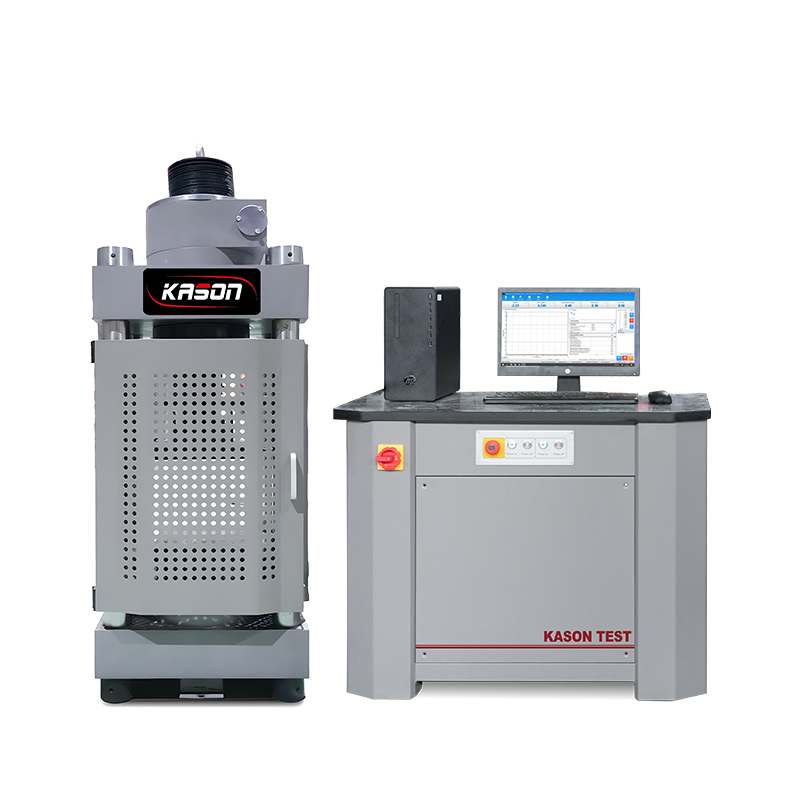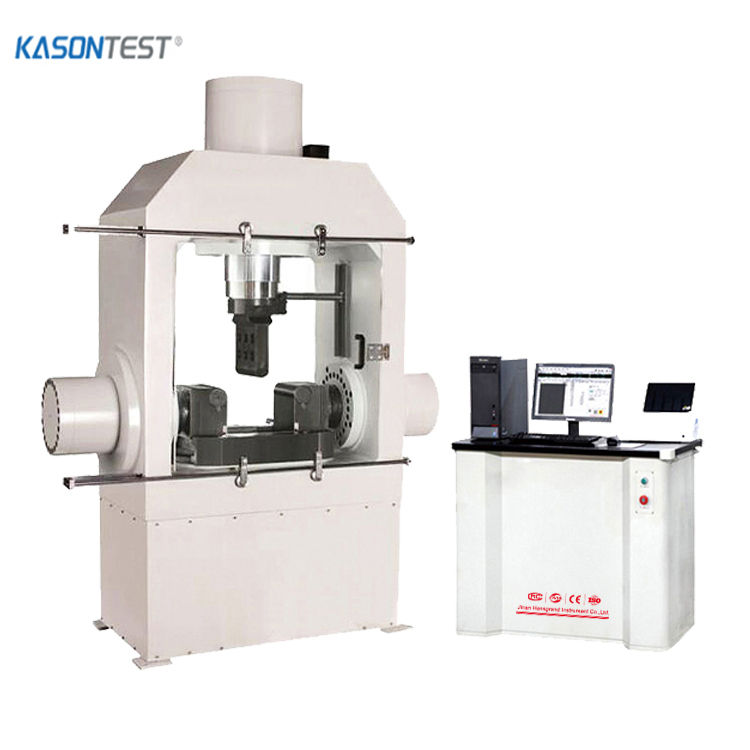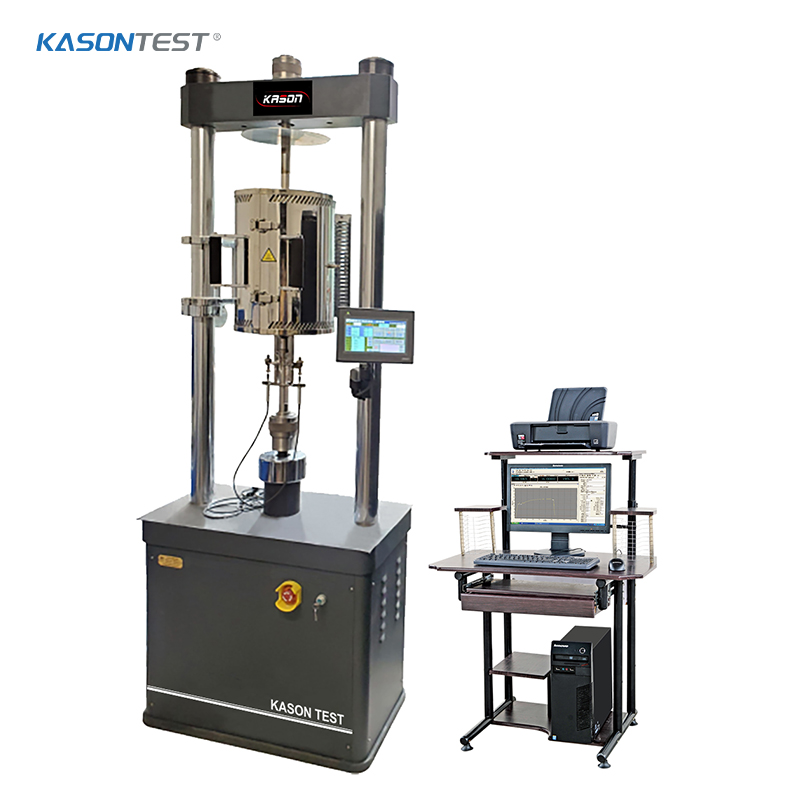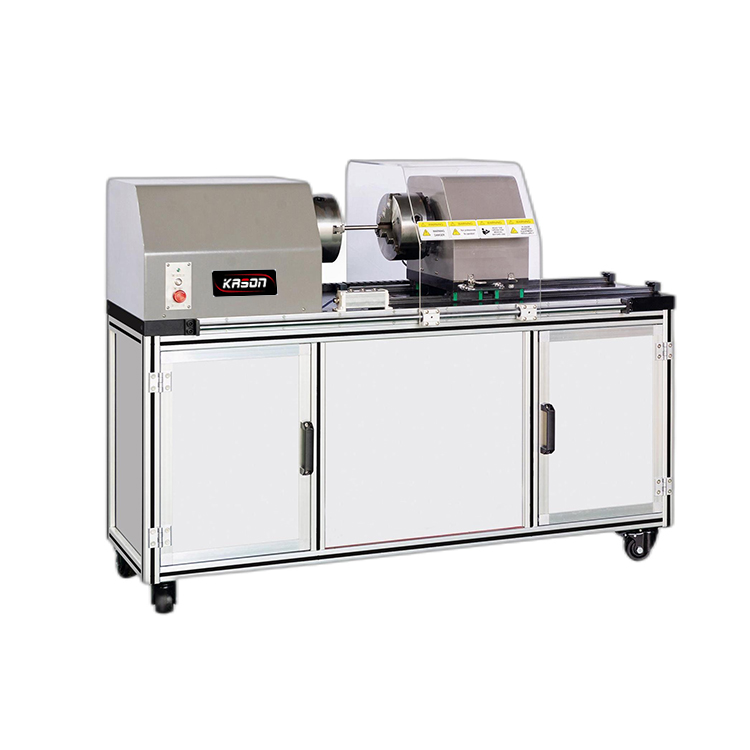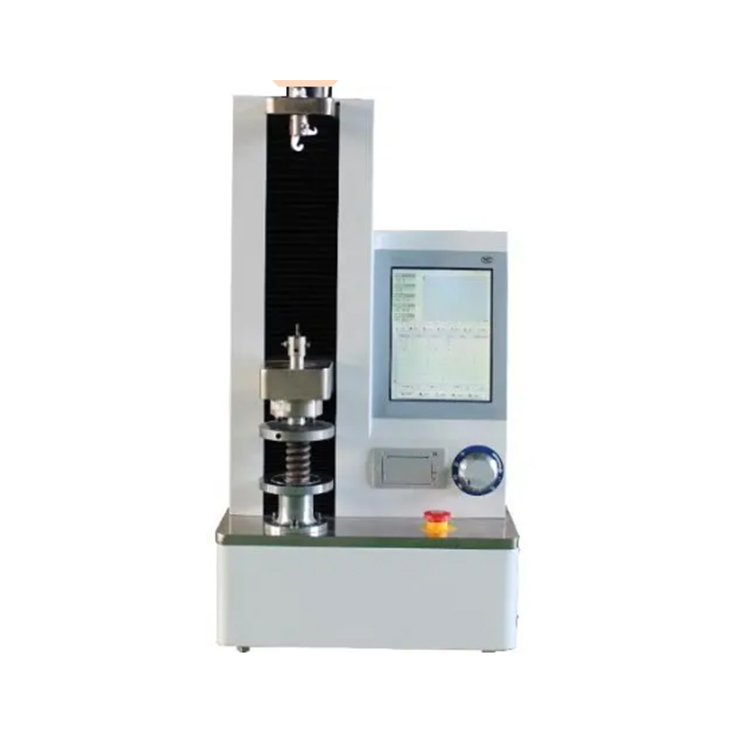Introduction to Creep Testing
Creep testing is a specialized mechanical test that evaluates how materials deform over time under a constant load at a specific temperature. Unlike short-term strength tests, which focus on immediate failure, creep testing measures time-dependent deformation—a critical behavior for materials used in high-temperature or long-duration load-bearing applications. This test reveals how a material will perform over months, years, or even decades, making it indispensable for ensuring the reliability of components in industries like aerospace, power generation, and manufacturing.
Testing Equipment and Procedure
Equipment
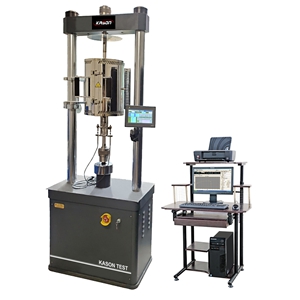
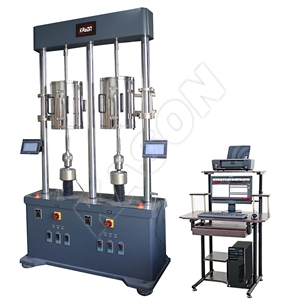
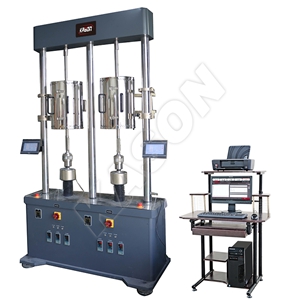

Creep testing machines are designed to apply a constant load to a specimen while maintaining precise temperature control. Key components include:
-
Load Frame: A rigid structure to apply and maintain a constant tensile, compressive, or torsional load (tensile creep is most common).
-
Furnace: Encloses the specimen to achieve and sustain high temperatures (up to 2000°C for advanced materials like superalloys).
-
Extensometer: Measures small deformations (often in micrometers) over time.
-
Control System: Regulates load and temperature, and records data (time, deformation, temperature) continuously.
General Procedure
-
Specimen Preparation: Machined to standardized dimensions (e.g., a cylindrical rod with a gauge length of 50–100 mm). The surface is polished to avoid stress concentration from defects.
-
Setup: The specimen is mounted in the load frame, with the extensometer attached to its gauge section. The furnace is positioned around the specimen, and temperature sensors are calibrated.
-
The specimen is heated to the target temperature and held to stabilize thermal expansion.
-
A constant load is applied (e.g., 70% of the material’s room-temperature tensile strength).
-
Deformation is recorded at regular intervals (minutes, hours, or days) over the test duration, which can range from weeks to years for long-term studies.
-
Data Analysis: The results are plotted as a creep curve (deformation vs. time). Key metrics include:
-
Creep Rate: Deformation per unit time (e.g., mm/hour) during secondary creep.
-
Creep Rupture Life: Total time to failure (if the test runs until rupture).
-
Total Creep Strain: The total deformation before failure.





